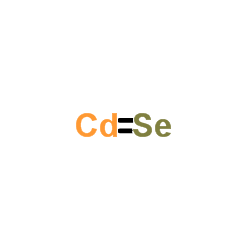| Structure | Name/CAS No. | Articles |
|---|---|---|
 |
cadmium selenide
CAS:1306-24-7 |
|
 |
Cadmium sulfide
CAS:1306-23-6 |